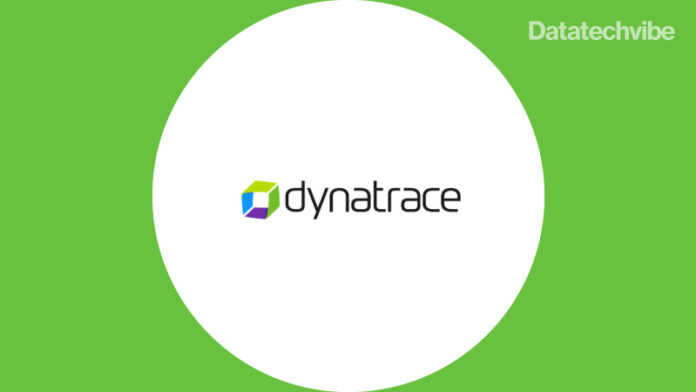The announcement builds on the expanded multi-year consumption commitment and go-to-market partnership between Dynatrace and Microsoft.
Dynatrace, the leader in unified observability and security, announced the availability of its latest core innovations for customers running the Dynatrace® platform on Microsoft Azure. These innovations include the following:
- Dynatrace Grail™ data lakehouse unifies the massive volume and variety of observability, security, and business data from cloud-native, hybrid, and multi-cloud environments while retaining the data’s context to deliver instant, cost-efficient, and precise analytics.
- Dynatrace® AutomationEngine features a no- and low-code toolset and leverages Davis® AI to empower teams to create and extend customised, intelligent, and secure workflow automation across their cloud ecosystem.
- Dynatrace® AppEngine features a no- and low-code toolset and leverages Davis AI to empower teams to easily create and share custom, intelligent, and secure apps that leverage the insights from the data generated by their clouds.
- The new Dynatrace user experience, including powerful dashboarding capabilities and interactive Dynatrace Notebooks, drives tighter cross-team collaboration and enables more people within an organisation to make data-backed decisions.
“Dynatrace has significantly enhanced our capacity to derive insights and action from observability, security, and business data,” said Joe Cohen, VP of Platform Infrastructure at Self Esteem Brands. “Adding AppEngine and AutomationEngine will enable us to tailor the platform to address our company’s unique needs and extend powerful analytics and automation to more teams. This will allow more people to make data-backed decisions, reduce manual processes, and achieve better business results.”
“Dynatrace provides improved visibility into the code running the OneStream platform on Microsoft Azure, enabling our engineering teams to constantly improve the user experiences our customers have grown to trust,” said Ryan Berry, SVP of Architecture at OneStream. “The capabilities unlocked by capturing, surfacing, aggregating, and reporting on both application and infrastructure telemetry, combined with Dynatrace’s AI-based, per-customer learning and alerting, help us provide our customers with a more consistent and durable experience. We are excited about the introduction of new Dynatrace technologies, including Grail, that will enable us to increase our operational efficiency further.”
This announcement builds on the expanded multi-year consumption commitment and go-to-market partnership between Dynatrace and Microsoft, which the two companies established to meet the growing demand for the Dynatrace platform on Azure and help accelerate joint customers’ cloud migration and optimisation initiatives.
“Thriving in the digital era requires a unified approach to observability, security, and business data analytics,” said Steve Tack, SVP of Product Management at Dynatrace. “Bringing our latest platform technologies to Microsoft Azure enables more customers and teams within organisations to harness our industry-leading AI, analytics, and automation capabilities to modernise cloud operations, expedite releases of high-quality and secure software, and ensure flawless digital experiences for their users.”
“Observability and application security have become essential for organisations as they embrace cloud-native development and migrate more workloads to Microsoft Azure,” said Alvaro Celis, VP of Solutions Areas for ISV Sales at Microsoft. “Dynatrace’s platform delivers precise AI-powered answers and intelligent automation that organisations can use to streamline their cloud operations to innovate faster and more securely.”
The enhanced Dynatrace platform, featuring Grail, AutomationEngine, AppEngine, and the new user experience, will be accessible as a limited availability release for customers running on Microsoft Azure by the end of the calendar year 2023 and generally available for these customers in the first quarter of the calendar year 2024.









